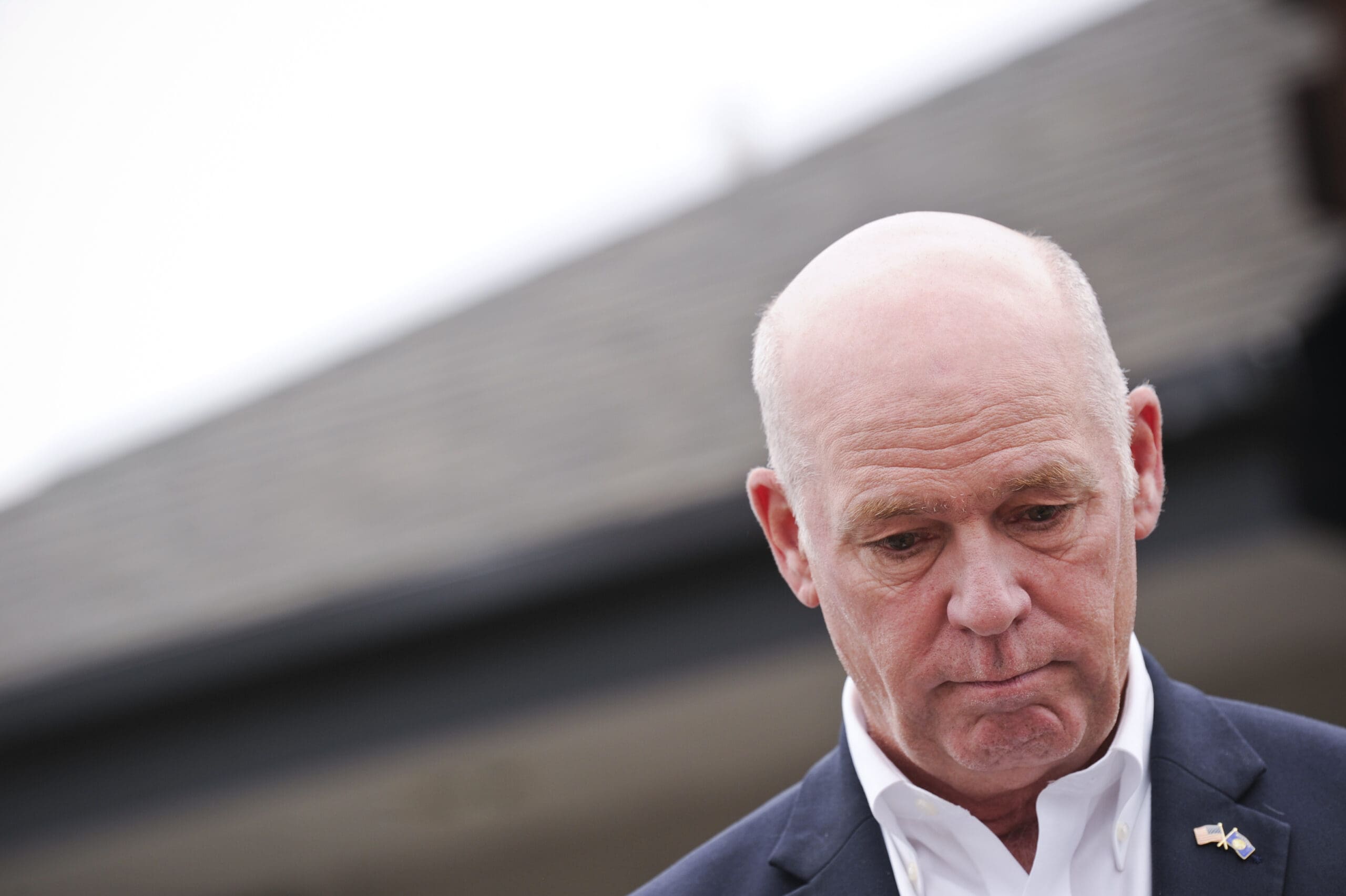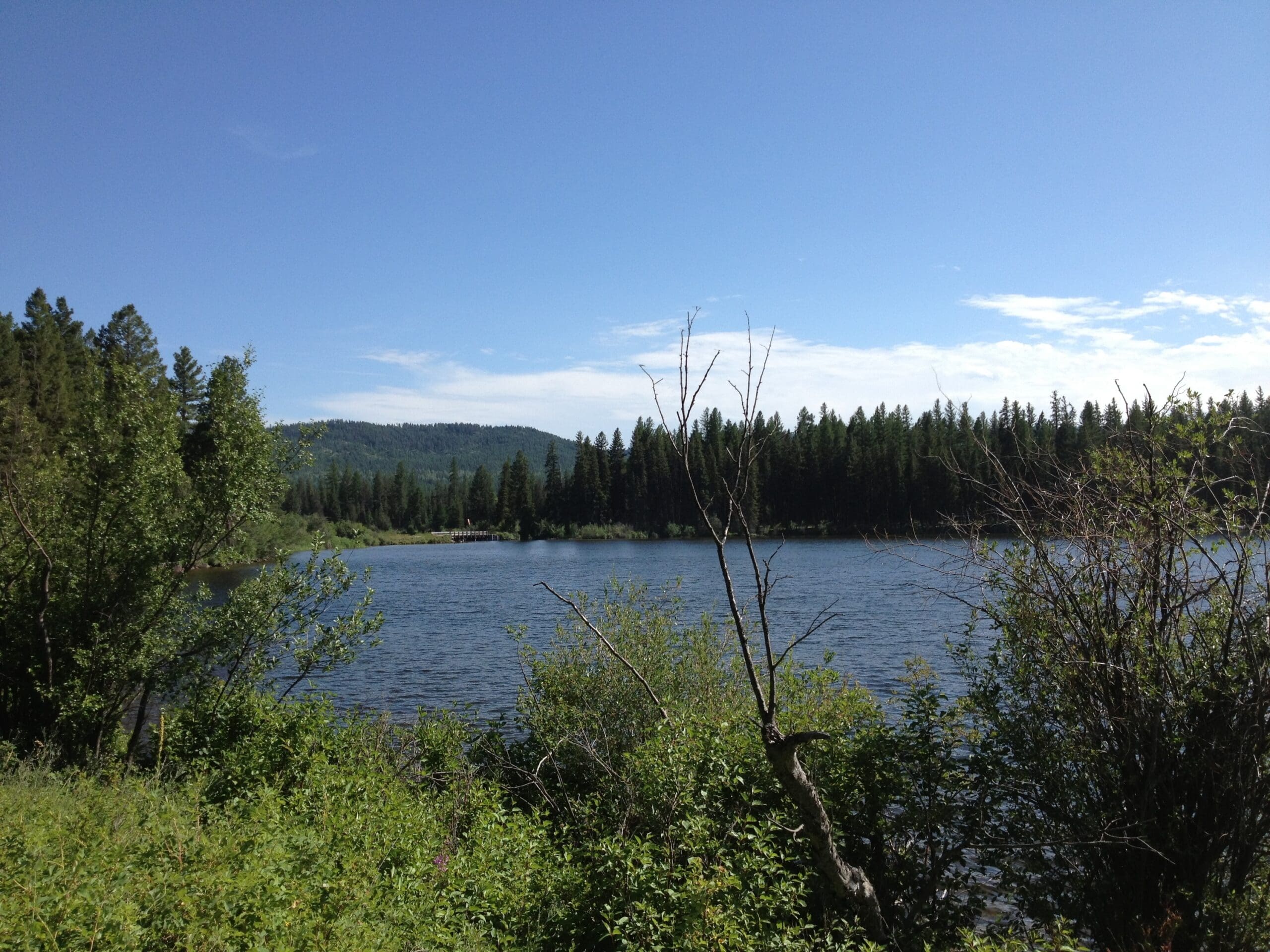Montana’s pristine mountain towns face rapid growth and a labor shortage
Recruiters across sectors find it difficult to fill positions simply because applicants from elsewhere back out when they learn about housing costs.

The storied mountain town of Seeley Lake was stunned by a fierce economic blow this month when its largest employer announced it is shutting down. This development was but one twist in a knotted set of issues that weaves throughout Montana, from its largest cities to its smallest villages, upending generations of economic assumptions about economic development.
Pyramid Lumber once provided steady and well-paid employment for about 100 workers in the place with a permanent population of about 1,600. As a family-owned sawmill running since 1949 on a supply of logs from the vast stretches of timbered lands in the Seeley-Swan River Valley on the western edge of the state, Pyramid Lumber was — by modern standards — not a large operation.
Through the years, though, the mill had gained significance beyond its size, serving as a poster child for surviving timber industry adversity. It had weathered timber shortages, recessions, housing downturns and catastrophic wildfires, in each case adapting in novel ways that allowed it to carry on. No more. In announcing the closure, the mill’s owners were clear in identifying a very different set of problems than they had faced in the past.
“Among other problems, labor shortages, lack of housing, unprecedented rising costs, plummeting lumber prices, and the cost of living in Western Montana have crippled Pyramid’s ability to operate,” the company said in a press release.
Wait. Housing shortage? These guys were in the business of selling lumber to build houses. Supply and demand should have handled the rest. But follow the thread of labor shortages: That’s what ties together the apparent contradictions in this picture.
“If it’s not No. 1, it’s darn close to being the No. 1 issue the construction companies here in Montana face,” said Barry Houser, communications director for the Montana Contractors Association, in an interview.
There are hard numbers to back this up, and not just for contractors. Montana now has about 100 job openings for every 47 job seekers in the state, meaning fully half of those openings go unfilled.
A state report in September said the number was closer to 33 unemployed people for every 100 openings. Nationally, economists rank Montana as among the states with the most severe labor shortages. The problem is acute in sectors of the economy such as construction and food service, which is why Houser’s group is greatly concerned. His members are responsible for road and infrastructure construction as well as major projects like office buildings. He said infrastructure work in the state is being delayed — sometimes by as much as years — as a result of the labor shortage.
Similar delays and shortages plague housing construction, which in turn is a factor in a problem weighing heavily on residents in most of the state’s cities. Supply and demand has produced a housing shortage and steep increases in housing prices.
Housing costs then spread the problems beyond construction and restaurants. Across sectors in Montana, from universities to hospitals to law firms, recruiters find it difficult to fill positions simply because applicants from elsewhere back out when they learn the price of a house.
Roth Jordan, an owner of Montana Ale Works, a large restaurant in Bozeman, said in an interview he has resorted to giving away ski passes to entice people to sign on as dishwashers, but he has also had to increase wages 30-40% since the pandemic to keep a full staff. A dishwasher now makes $25 an hour in his restaurant, a wage they need to afford to live in Bozeman, he said.
In the face of all this, the state’s politicians, especially Republicans, continue to campaign on promises of job creation. Republican Gov. Greg Gianforte, for instance, has launched his current reelection campaign on that platform, while businessman Tim Sheehy has funded his campaign for the U.S. Senate with a flood of money from the More Jobs, Less Government political action committee. The slogan might poll well but fails to capture current economic reality.
The situation is better described by what a group of economists in the state has labeled “the amenity trap.” For decades now, an independent think tank in Bozeman, Headwaters Economics, has been tracking the state’s increase in population and employment, largely as a result of newcomers drawn to the state to live in mountains, hike, ski, hunt, fish, savor the peace of idyllic little towns like Seeley Lake and marvel at the occasional grizzly bear that ambles through town. These newcomers are usually stereotyped as the idle rich who can afford to live where they please. Some of them are. But many newcomers bring a job with them: telecommuters, Zoom workers, sometimes whole firms or divisions from Silicon Valley or Seattle.
All of these people need houses, restaurants, highways, schools, lawyers, real estate agents and vets for their dogs. This means that those pristine mountain towns face the headaches of rapid economic growth, including housing shortages and stretched infrastructure like sewer and water lines that can’t be extended quickly because contractors face a labor shortage. That snowball effect is the amenity trap, and throughout the Mountain West, a lot of places are ensnared in it, including Montana, especially the cities of western Montana, especially the Flathead Valley, Missoula and the Bitterroot Valley and Bozeman.
Still, the effects aren’t at all limited to those cities. Seeley Lake is a good example. The town is an hour away from Missoula and too remote to serve as a bedroom community. By and large, it is not drawing newcomers to the state. It does however attract retirees from the more popular places fleeing the high housing prices and clutter in larger burgeoning cities. That domino effect migration drives up housing prices and the cost of living in general so sawmill workers can no longer afford to live there.
Meanwhile, some parts of the state have the opposite problem. Towns in eastern Montana are dealing with population decline, out-migration and economic stagnation.
Economists who have examined the issue do point to possible solutions, but all of them are piecemeal. Their prescription is for a constant and creative engagement with the difficulties, especially by local government, backed by state and federal flexibility, money and legislation. It is not the sort of prescription that can be reduced to a snappy campaign slogan. On the other hand, “more jobs, less government” is just plain wrong on both ends of the equation.



